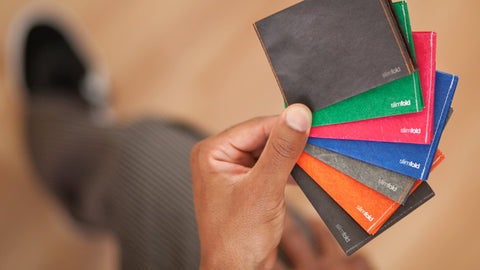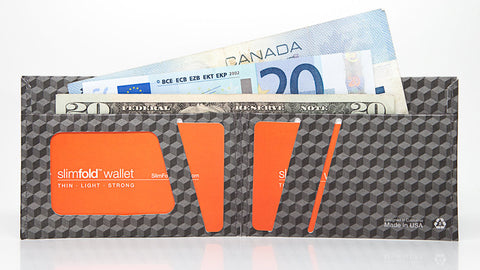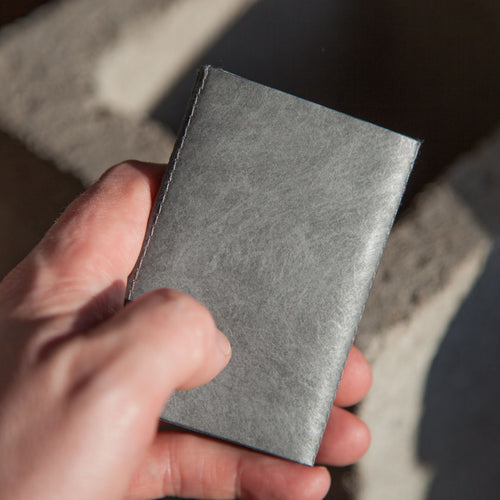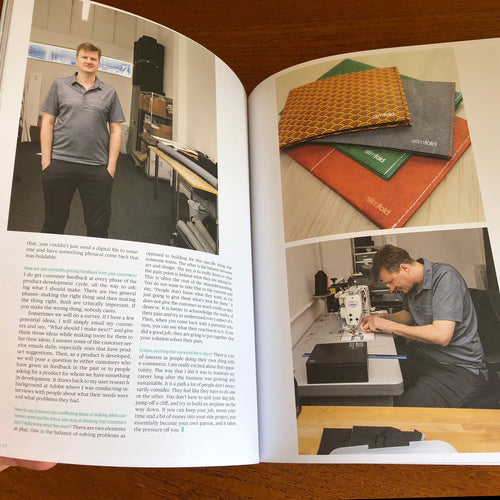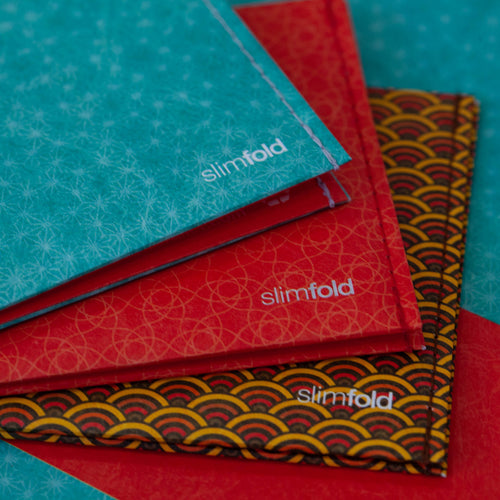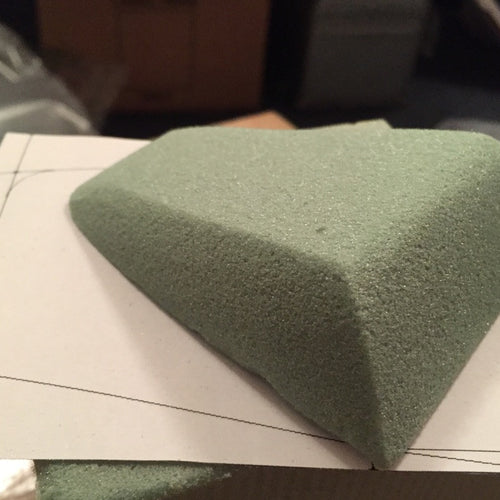As a business that now operates almost completely online, but makes physical products, I need to constantly make good decisions about which products to produce. I don’t do a perfect job of this by any means, but I thought you may find it interesting to understand a bit of the thinking that goes into it...
The ideal business model as far as an online business is to avoid having any inventory in order to reduce risk. This is possible by either selling digital products or drop-shipping (where someone buys a product on your website, but really you just take the order and instruct another business to ship the product from their inventory). If you make and sell your own products, you can reduce risk by either having really low cost (such as manufacturing in China) or doing small batch production runs so you aren’t stuck with things you don’t sell.
In many ways, my product combines the worst of these. In order to get the best quality, I need to print Tyvek in high quantity and have them sewn locally. But this opens up a lot of risk since if I make a color or layout people don’t want, I’m pretty much stuck with them. How do I avoid that? Analytics? Surveys?
First is putting a lot of thought into the design
For example, even after deciding that I would make a green model, I did a series of mock-ups to see what various shades of green would look like. From this, I developed a few opinions but I also got feedback from several designers I know who have a fantastic color sense.
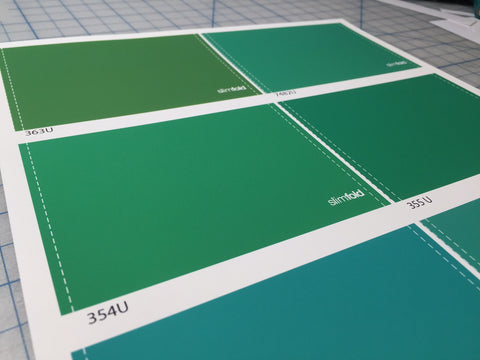
Ideally I would have additionally done wider focus groups with customers but I didn’t have the bandwidth to do a project that would be statistically significant and decided I’d rather rely on a small sample of designers as experts than a fairly low number of end users. They could also use their knowledge of color theory to see how all of the colors in the line worked together:
Next is watching sales
While folks ended up really liking the shade of green we picked, it was one of the worst sellers. When it came time to do additional print runs, I replenished stock of other colors but didn’t make any more green. It took about 3 years to sell them all! In contrast, Gray sold really well in my very first print run so it's continued to be in each print run since.
Listening to qualitative feedback
Once I did run out of green, I started to hear some requests trickle in every now and then from customers. Since I still do some customer service in my business, I could see this feedback directly. Some even said green is their absolute favorite color and they wouldn’t buy any different one!
Elizabeth Cutler and Julie Rice tell a story in this interesting podcast TGIM about how one of the customers at their spin gym politely complained that their towels smelled different than before. It turned out their cleaning service had switched detergent so they asked to have it switched back. After making this change based on only one person who took the time to mention it, over 50 clients came to them the next week to thank them for changing the detergent back for the towels! Only one mentioned the issue but over 50 more were aware of it!
When it was time to do the next print run, I included green. Even though the numbers told me it wasn't as popular as other colors, I knew some folks really liked it.
Last is putting my artist hat on
I’ve heard it explained that the difference between art and design is that while the designer tries to create something to achieve a desired result, an artist puts out an expression of themselves in order to see what the response of others is.
Owning this company myself puts me in a unique position where I can produce something I think is cool, even if I really have no idea if others will like it. Unlike other design jobs I’ve had, there’s no approval process, no internal politics, and if it doesn’t work, the financial consequences are on me. But that lets me push the “go” button on the design (or art) I think is best.
This process is really what was behind the black cubic model and more recent White/White model. It turns out those have been some of my best sellers, perhaps because they’re somewhat unexpected from what a traditional wallet maker would produce.
Is there a new color you’d like to see? A pattern you think is cool? A material you’d love to see made into something? A completely different product you’d like to see my take on? Let me know in the comments below or directly with the Contact page.

